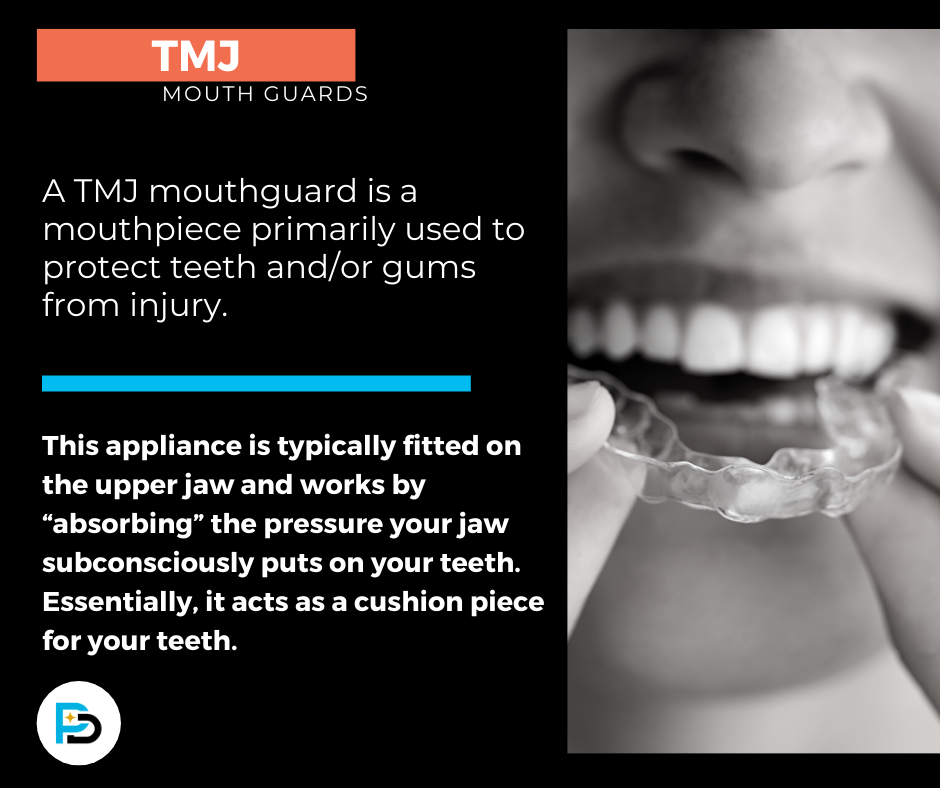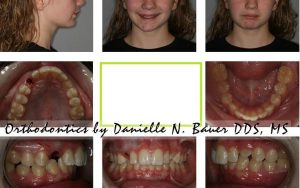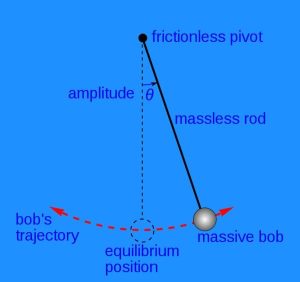Contents
- What is a TMJ Appliance?
- Causes and Symptoms of TMJ Disorders
- Diagnosis and Treatment Approaches
- Benefits of TMJ Appliances
- Choosing the Right TMJ Appliance
- Maintenance and Care for TMJ Appliances
- Potential Risks and Side Effects
- TMJ Appliances vs. Surgery
- Addressing TMJ Disorders in Dental Practice
- Long-Term Effects and Success Rate
You’ve heard of TMJ (temporomandibular joint) appliances, but do you know about their incredible benefits? Whether you suffer from jaw pain, headaches, or teeth grinding, TMJ appliances can provide you with much-needed relief. These appliances are designed to alleviate pressure on the jaw joint, allowing for proper alignment and reduced pain. By wearing a TMJ appliance, you can regain control over your jaw muscles, reduce tension headaches, and say goodbye to the constant clenching and grinding of teeth. Say hello to a pain-free, relaxed jaw with the incredible benefits of TMJ appliances.
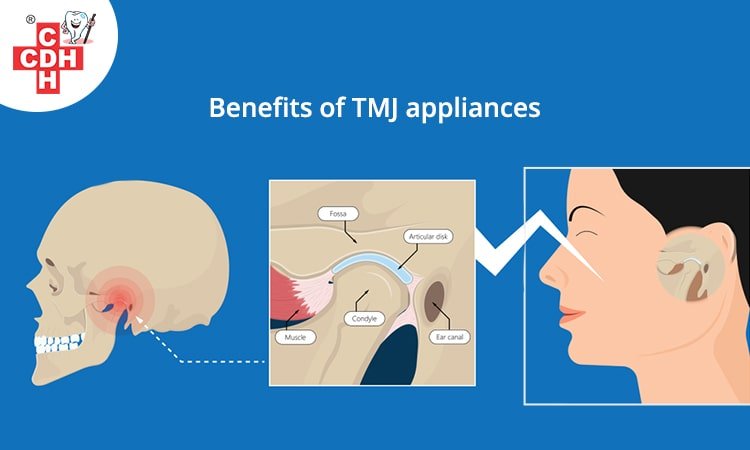
What is a TMJ Appliance?
Definition
A TMJ appliance, also known as a temporomandibular joint appliance, is a dental device used to treat disorders that affect the temporomandibular joint, which is the joint connecting the jawbone to the skull. TMJ disorders can cause pain and discomfort in the jaw, face, and neck, as well as affect jaw function and overall quality of life. TMJ appliances are designed to alleviate these symptoms and improve jaw function by providing support and repositioning the jaw in a more optimal position.
Types of TMJ Appliances
There are several types of TMJ appliances available, including:
-
Mouthguards: These appliances are typically made of soft or hard acrylic materials and are designed to fit over the teeth. They provide support and help protect the teeth and jaw joints from excessive force or grinding.
-
Bite Splints: Bite splints are similar to mouthguards but are usually made of a harder material. They help to reposition the jaw and reduce the pressure exerted on the temporomandibular joint. Bite splints are often worn during sleep and can be customized to fit the individual’s bite.
-
Stabilization Appliances: These appliances are often used in cases where there is significant joint instability. They help to stabilize the jaw joint and provide support, allowing for better jaw function and decreased pain.
-
Discluders: Discluders are specialized appliances that assist in realigning the jaw joints by guiding the mandible (lower jaw) into the correct position. They can be worn during specific activities or throughout the day, depending on the individual’s needs.
Causes and Symptoms of TMJ Disorders
Common Causes
TMJ disorders can have several causes, including:
-
Bruxism: Teeth grinding or clenching can put excessive pressure on the temporomandibular joint, leading to pain and discomfort.
-
Malocclusion: Having a misaligned or uneven bite can cause stress and strain on the jaw joints, resulting in TMJ disorders.
-
Injury or Trauma: Trauma to the jaw, such as a blow or impact, can damage the temporomandibular joint and lead to pain and dysfunction.
-
Arthritis: Certain forms of arthritis, such as rheumatoid arthritis or osteoarthritis, can affect the temporomandibular joint and cause TMJ disorders.
Symptoms to Look Out For
Common symptoms of TMJ disorders include:
-
Jaw Pain: Pain or tenderness in the jaw joint, which may radiate to the face, neck, and shoulders.
-
Clicking or Popping: A clicking, popping, or grating sound when moving the jaw, often accompanied by limited jaw movement.
-
Headaches and Earaches: Persistent headaches, earaches, or pain in the temples, which may be recurring or constant.
-
Locking of the Jaw: The jaw may temporarily lock or get stuck in an open or closed position, making it difficult to eat or speak.
-
Facial Muscle Tension: Tightness or muscle spasms in the face, particularly around the jaw muscles.
-
Difficulty Chewing: Pain or discomfort while chewing, as well as difficulty opening the mouth fully.
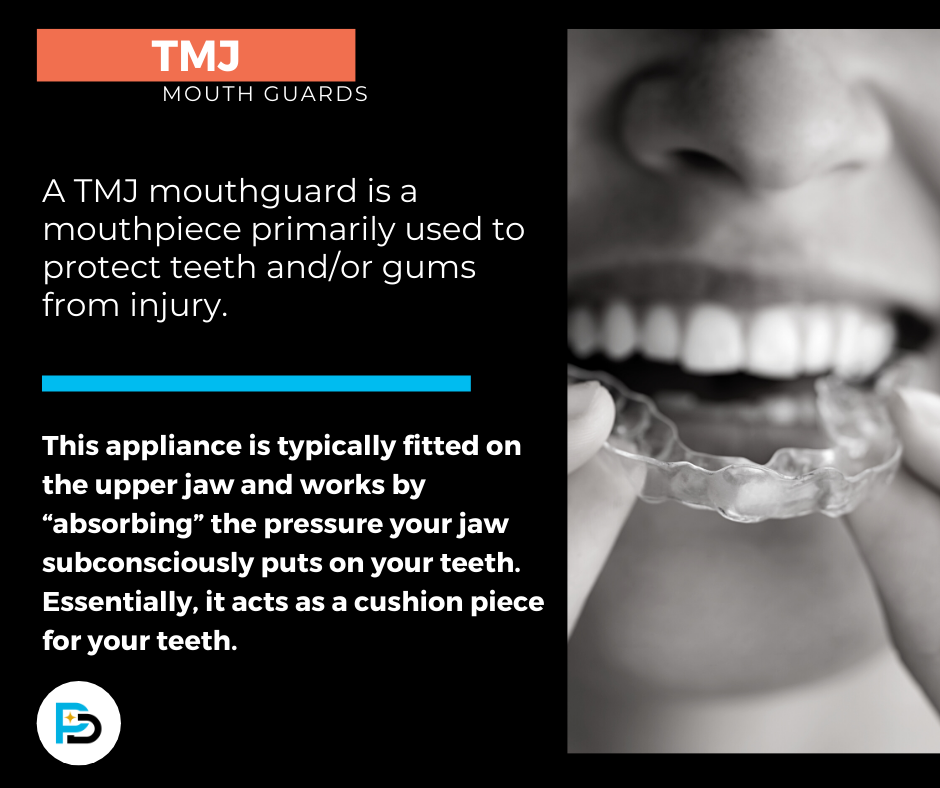
Diagnosis and Treatment Approaches
Diagnosing TMJ Disorders
To diagnose TMJ disorders, your dentist or healthcare professional will typically perform a comprehensive evaluation, which may include:
-
Medical History: Discussing your symptoms, medical history, and any previous injuries or trauma to the jaw.
-
Physical Examination: Your dentist will examine your jaw joint, feel for tenderness or swelling, and observe your jaw’s range of motion.
-
Diagnostic Imaging: X-rays, CT scans, or MRI scans may be taken to evaluate the jaw joint and surrounding structures for any abnormalities or damage.
Conservative Treatment Options
In many cases, TMJ disorders can be effectively managed through conservative treatment options, including:
-
Medication: Nonsteroidal anti-inflammatory drugs (NSAIDs) or muscle relaxants may be prescribed to alleviate pain and reduce muscle tension.
-
Hot and Cold Therapy: Applying heat or cold packs to the affected area can help reduce inflammation and relieve pain.
-
Physical Therapy: Gentle jaw exercises, stretching, and massage techniques can help improve jaw function and reduce muscle tension.
-
Stress Reduction Techniques: Managing stress through relaxation techniques, counseling, or mindfulness practices can help decrease tension in the jaw muscles.
Role of TMJ Appliances
TMJ appliances play a crucial role in the treatment of TMJ disorders by providing additional support and alleviating symptoms. These appliances can be used in conjunction with conservative treatment approaches to further enhance jaw function and promote pain relief. TMJ appliances work by repositioning the jaw and alleviating stress on the temporomandibular joint, allowing for smoother jaw movement and reduced pain.
Benefits of TMJ Appliances
Effective Pain Relief
One of the primary benefits of TMJ appliances is their ability to provide effective pain relief. By repositioning the jaw and reducing pressure on the temporomandibular joint, these appliances can alleviate jaw pain, headaches, and facial muscle tension.
Improved Jaw Function
TMJ appliances help improve jaw function by realigning the jaw joint and promoting proper jaw movement. This can result in increased jaw mobility, reduced clicking or popping sounds, and enhanced ability to speak, chew, and perform daily activities without discomfort.
Prevents Teeth Grinding and Clenching
Many TMJ disorders are associated with bruxism, or teeth grinding and clenching. TMJ appliances, such as mouthguards or bite splints, provide a physical barrier between the teeth, preventing excessive force and reducing the risk of dental damage.
Prevents Dental Damage
TMJ appliances not only protect the teeth from grinding and clenching but also minimize the wear and tear on dental restorations like fillings, crowns, or bridges. By providing a cushioning effect, TMJ appliances help preserve the integrity of dental work.
Enhances Quality of Sleep
TMJ disorders can often disrupt sleep due to pain and discomfort. TMJ appliances, especially those worn during sleep, help relax the jaw muscles and promote better sleep quality by reducing clenching and grinding.
Non-Invasive and Reversible
TMJ appliances are non-invasive and reversible treatment options. Unlike surgical procedures, these appliances do not require any permanent alterations to the jaw structure and can be adjusted or removed as needed.
Cost-Effective Solution
Compared to surgical interventions, TMJ appliances offer a more cost-effective solution for managing TMJ disorders. They can be customized to fit the individual’s needs, making them a cost-efficient long-term approach to treatment.
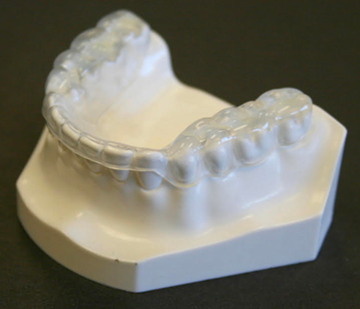
Choosing the Right TMJ Appliance
Professional Consultation
When selecting a TMJ appliance, it’s essential to consult with a dental professional who specializes in TMJ disorders. They will assess your specific condition, conduct a thorough evaluation, and recommend the most suitable appliance for your needs.
Customization for Individual Needs
Every individual’s TMJ condition is unique, and therefore, a customized approach to appliance selection is crucial. Your dentist will take impressions of your teeth and jaw to create a personalized appliance that provides optimal support and comfort.
Comfort and Compliance
Choosing a TMJ appliance that is comfortable and easy to wear is essential for its effectiveness. The appliance should fit snugly, not cause any pain or discomfort, and be easy to clean and maintain. Comfort and compliance are key factors in ensuring long-term success with the TMJ appliance therapy.
Maintenance and Care for TMJ Appliances
Daily Cleaning Routine
Maintaining proper hygiene with your TMJ appliance is important to prevent the buildup of bacteria and odors. It’s recommended to clean the appliance daily using a mild soap and warm water, and to avoid using harsh chemicals or abrasive substances.
Regular Professional Check-Ups
Regular dental check-ups are necessary to monitor the progress of your TMJ appliance therapy and ensure its continued efficacy. Your dentist will examine the condition of the appliance, make any necessary adjustments, and address any concerns or issues that may arise.
Replacing Worn-Out Appliances
Over time, TMJ appliances may show signs of wear and tear, such as thinning or deterioration of the materials. It’s essential to replace worn-out appliances promptly to maintain their effectiveness and prevent any complications.
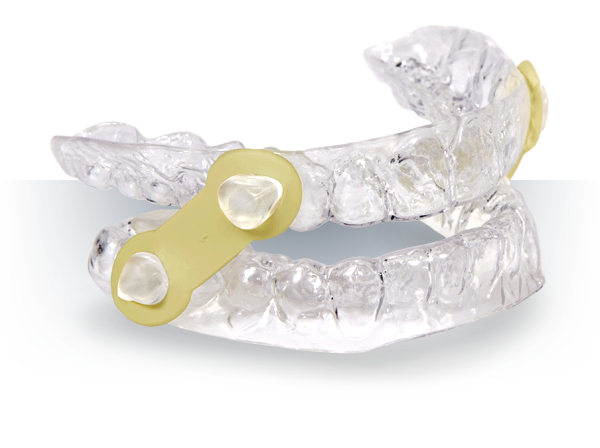
Potential Risks and Side Effects
Temporary Soreness
In the initial stages of wearing a TMJ appliance, some individuals may experience temporary soreness or discomfort as the jaw adjusts to the new position. This usually subsides within a few days or weeks as the muscles adapt.
Excessive Salivation
While wearing a TMJ appliance, some individuals may experience increased saliva production initially. This is a temporary side effect and will normalize as the body adjusts to the appliance.
Temporomandibular Joint Changes
In rare cases, long-term use of TMJ appliances may result in slight modifications to the temporomandibular joint’s natural position. However, these changes are typically minimal and reversible, especially with regular monitoring and adjustments by a dental professional.
TMJ Appliances vs. Surgery
Conservative Approach
Compared to surgical interventions, TMJ appliances offer a conservative approach to managing TMJ disorders. They provide a non-invasive option that allows individuals to explore other treatment avenues before considering more invasive measures.
Avoiding Surgical Complications
Surgical procedures for TMJ disorders carry risks of complications, such as infection, nerve damage, or potential jaw misalignment. By opting for TMJ appliances, individuals can avoid these potential surgical complications, while still benefiting from effective pain relief and improved jaw function.
Lower Cost and Faster Results
TMJ appliances are generally more affordable than surgical treatments, making them a more accessible option for individuals seeking relief from TMJ disorders. Additionally, appliances provide faster results, as the process of diagnosis, appliance creation, and adjustment is typically quicker than surgical interventions.
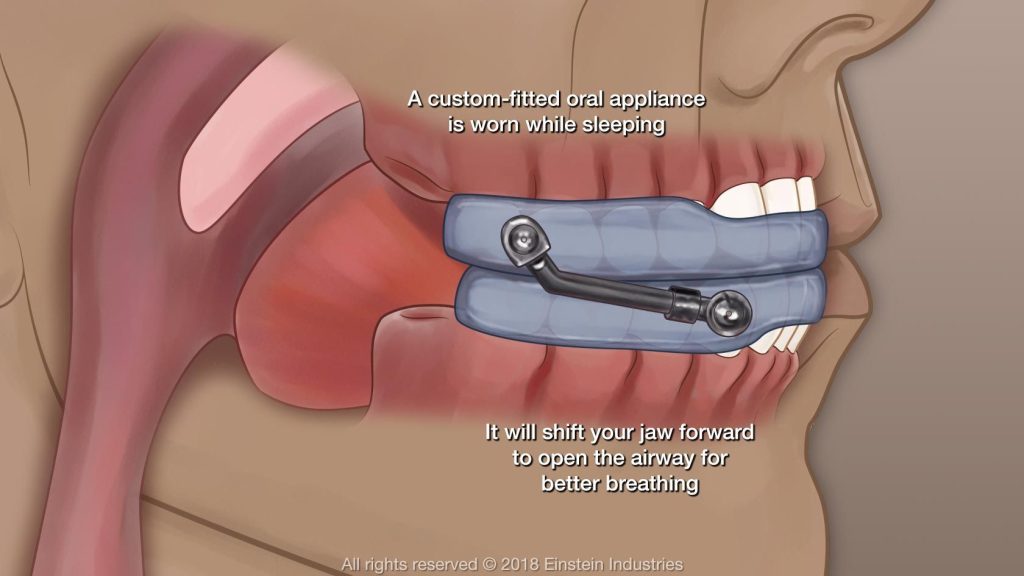
Addressing TMJ Disorders in Dental Practice
Utilizing TMJ Appliances
Dental professionals play a critical role in diagnosing and treating TMJ disorders. By utilizing TMJ appliances, they can provide their patients with a non-invasive and reversible treatment option that effectively addresses pain and dysfunction.
Collaboration with Specialists
In complex cases of TMJ disorders, dental professionals may collaborate with specialists such as oral and maxillofacial surgeons or physical therapists to ensure comprehensive and multidisciplinary care. This collaborative approach allows for a more accurate diagnosis and tailored treatment plan.
Long-Term Effects and Success Rate
Sustainable Relief
TMJ appliances have shown long-term effectiveness in providing sustainable relief from TMJ disorders. By improving jaw alignment, reducing excessive force on the temporomandibular joint, and promoting proper jaw functioning, these appliances can significantly reduce symptoms and improve quality of life in the long run.
Improved Quality of Life
The successful management of TMJ disorders with the help of TMJ appliances can lead to a significant improvement in an individual’s quality of life. Relief from pain, improved jaw function, and enhanced sleep contribute to overall well-being and positively impact daily activities, such as eating, speaking, and social interactions.
In conclusion, TMJ appliances are valuable and effective tools in the management of TMJ disorders. They provide numerous benefits, including effective pain relief, improved jaw function, prevention of teeth grinding and dental damage, enhanced quality of sleep, non-invasiveness, and cost-effectiveness. When considering TMJ appliance therapy, seeking professional consultation, customization for individual needs, and ensuring comfort and compliance are essential. Proper maintenance and care, along with regular check-ups, help ensure the longevity and efficacy of the appliances. While there may be potential risks and side effects, they are typically temporary and outweighed by the benefits. Compared to surgical interventions, TMJ appliances offer a conservative approach with lower cost and faster results, making them an attractive option for individuals with TMJ disorders. By addressing TMJ disorders in dental practice and collaborating with specialists, dental professionals play a crucial role in providing comprehensive and effective treatment. Finally, TMJ appliances have a high success rate in providing sustainable relief and improving the quality of life for individuals suffering from TMJ disorders.

